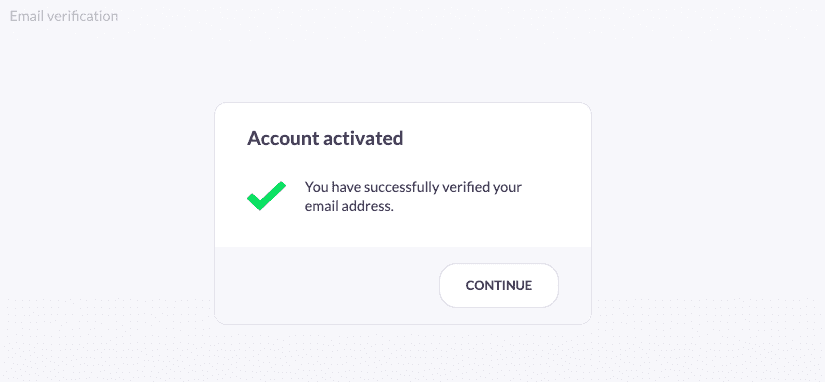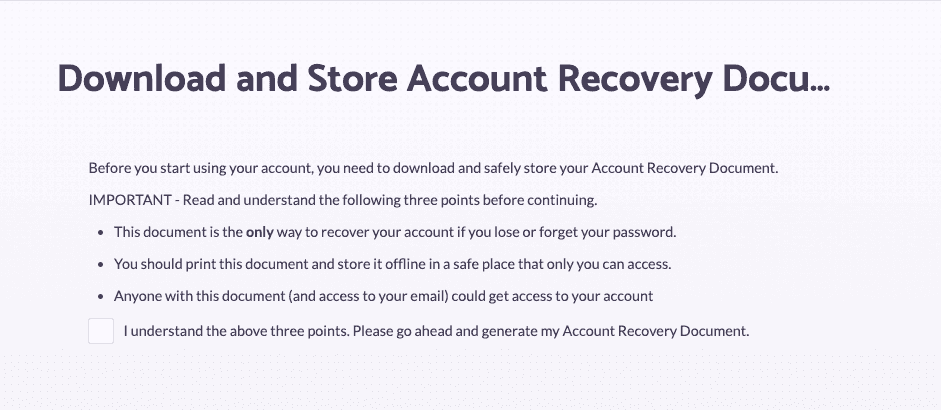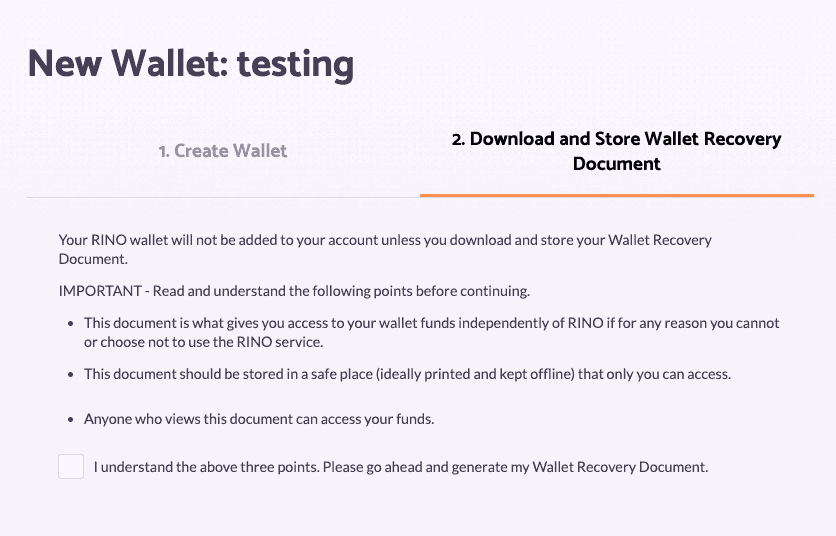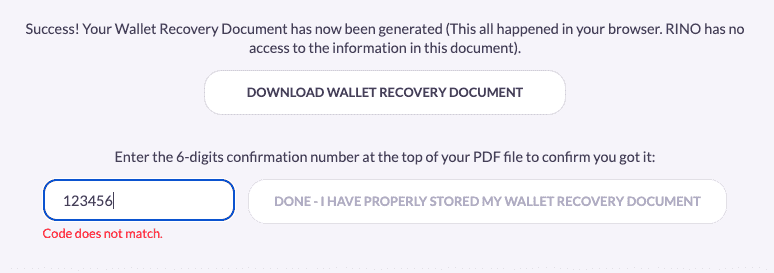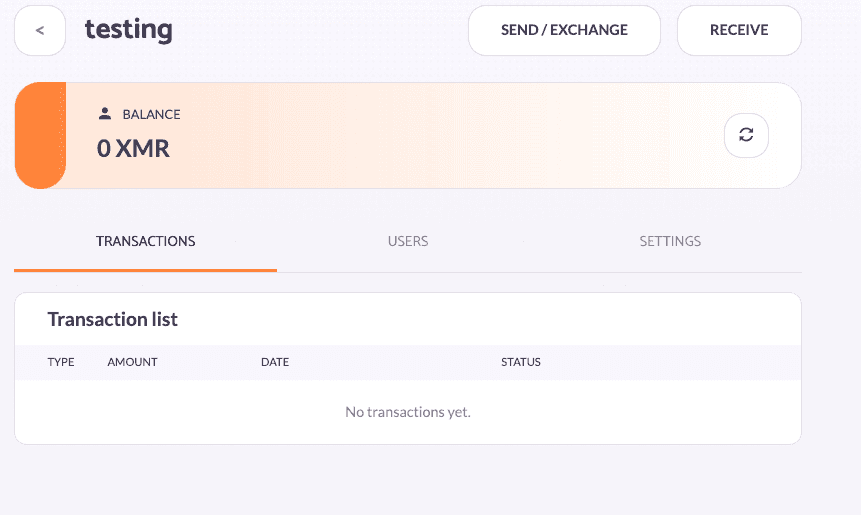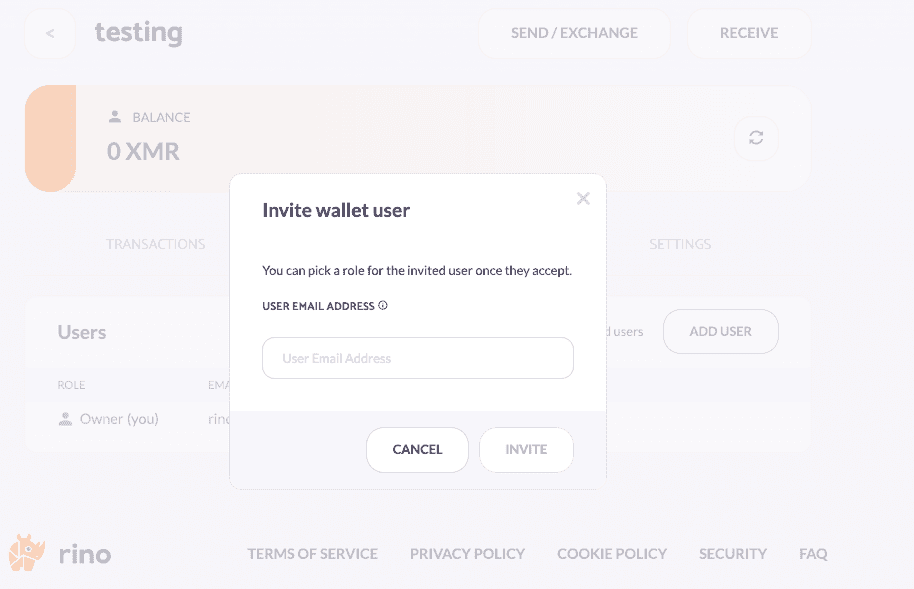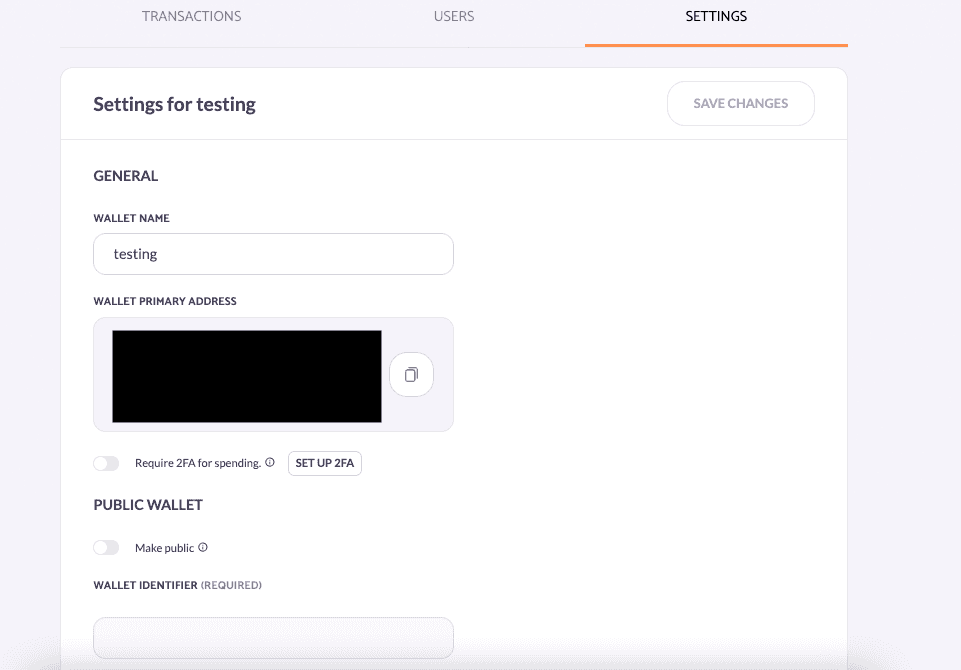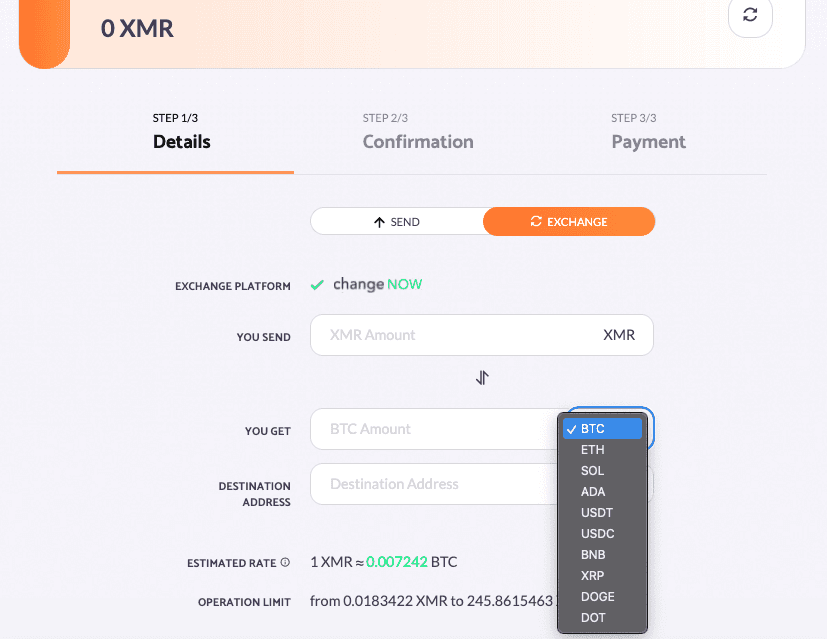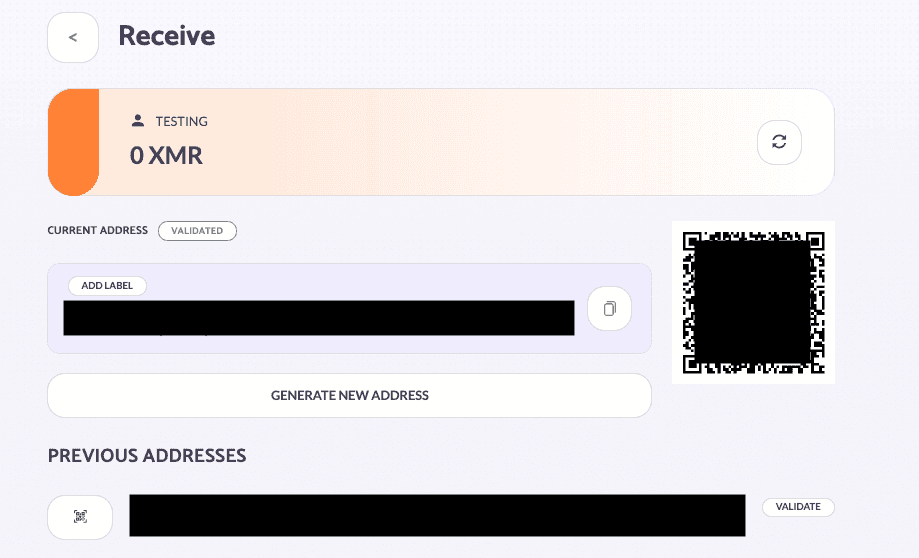What is a multisig wallet?
Multi-signature wallets are cryptocurrency wallets that require more than one private key to execute a transaction. This feature is available in Monero wallets.
For instance, a “2 out of 3” wallet would require two signers to authorize a transaction, while a “2 out of 2” wallet would need all signers to mutually agree. Multisig wallets are useful for businesses, non-profits, and individuals who would like to add an additional layer of security. Using a multisig wallet could improve security compared to ordinary wallets as transactions must be approved by multiple co-signers; there is no single point of failure. Moreover, by requiring the approval of multiple co-signers, this could provide a higher level of accountability for an organization. On the other hand, multisig wallets do add complexity and take more time set-up and use when compared to traditional wallets.
How could multisig wallets be used?
Multisig wallets have many use cases. Companies could use such wallets to manage corporate funds, where the permission of more than one executive is required to sign off on a transaction.
Escrow services could use multisig to hold funds for parties involved in an e-commerce transaction. When a seller and buyer start an online trade, they could select a trusted third party to act as an arbitrator in the event of a dispute. Cryptocurrency exchanges could make use of multisig wallets to secure customer funds. And non-profit organizations could use multisig wallets to control funds and make the wallets publicly available in the interest of transparency.
What is RINO?
RINO is an easy to use multisig wallet built for Monero. We use a 2 out of 3 threshold multisig wallet, where the user has two keys and RINO has the third key. We use this third key so users are able to instantly access funds online without the need to download the whole Monero blockchain or sync up a wallet as is the case with ordinary wallets. As we have developed a non-custodial, trustless system, users still maintain the option to set up a recovery wallet without RINO’s involvement by using the two in their possession. These keys are generated with free and open source software on the user’s side, so they’ll always have the control over their funds and the ability to deterministically verify the code we are running on our website is the same.
How to create a multisig wallet on RINO?
Creating a multisig wallet is a more involved process than simply creating a traditional wallet, but it is well worth the peace of mind of having an extra layer of security to protect your funds. Firstly, go to RINO.io and click on “Sign up” in the top right corner of the page.
Next, enter a username. Please keep in mind that you won’t be able to change the username once the account is set-up, so take some time picking a unique one that you can live with. Enter an e-mail and strong password with at least 10 alphanumeric characters. Review our Terms of Service and Privacy Policy (right click and open in a new window) and once you are done, click on “Create Account” to accept the terms.
A confirmation e-mail will then be sent to you. Click on the activation link within 30 minutes to validate your e-mail address. Next, log into your new account.
The first time you log in the account, you will be asked to download an “Account Recovery Document.” This special document could be used to recover your account in case you lose or forget your password. You should print this document or save it on an offline storage device and keep it in a safe place. Anyone with this document and access to your e-mail would be able to log on to your account and reset the password.
Since the account recovery secret key is generated directly in your browser, RINO does not have access to this information, so we would be unable to help you recover your account in case you lose this document or forget your password. If you get locked out of your RINO account, don’t worry; your Moneroj is not lost. You could still recover your funds directly from the official Monero wallet with the use of another document called a “Wallet Recovery Document”.
A Wallet Recovery Document is generated each time a new wallet is created within your RINO account. Like the Account Recovery Document, the Wallet Recovery Document is made directly in your browser and should be kept private and in a safe place (ideally, not in the same location as the Account Recovery Document to mitigate the risk of loss or damage to both documents). RINO has no access to the information in this document as well.
The Wallet Recovery DA Wallet Recovery Document is generated each time a new wallet is created within your RINO account. Like the Account Recovery Document, the Wallet Recovery Document is made directly in your browser and should be kept private and in a safe place (ideally, not in the same location as the Account Recovery Document to mitigate the risk of loss or damage to both documents). RINO has no access to the information in this document as well.ocument will have a 6-digit confirmation number in the top right corner of the document. You will need to enter this number in the confirmation box when making a new wallet in RINO. Once you click on “DONE,” you’ll be taken to the wallet’s balance page, where you will be able to see all transactions.
Click on the “Users” tab to invite additional users by e-mail to set up a multi-user account. You could set spending limits and receive notifications of incoming transactions.
When you click on the “Settings” tab you can find your primary wallet address, options to set up 2FA (highly recommended), and make your wallet publicly visible via a link (this a great option if you need to prove the wallet balance to the public, e.g. a fundraising campaign).
If you click on the “Send/Exchange” button, you’ll have the option to send XMR to another wallet or swap for other crypto like BTC, ETH, or stablecoins, such as USDT or USDC via our exchange partner, ChangeNow.
When you click on “Receive,” you’ll see a list of the wallet’s current and previous sub-addresses. Sub-addresses are additional addresses associated with your main wallet address and are used for better privacy.
You could add labels to each new sub-address to keep track of address use. For example, using the same wallet, you could generate a sub-address that is shared on your social media as a donation address, one for a company reimbursement, and another for a gig payment.
Congratulations, you are now all set up with a multisig wallet.
Follow us twitter @RINOwallet

